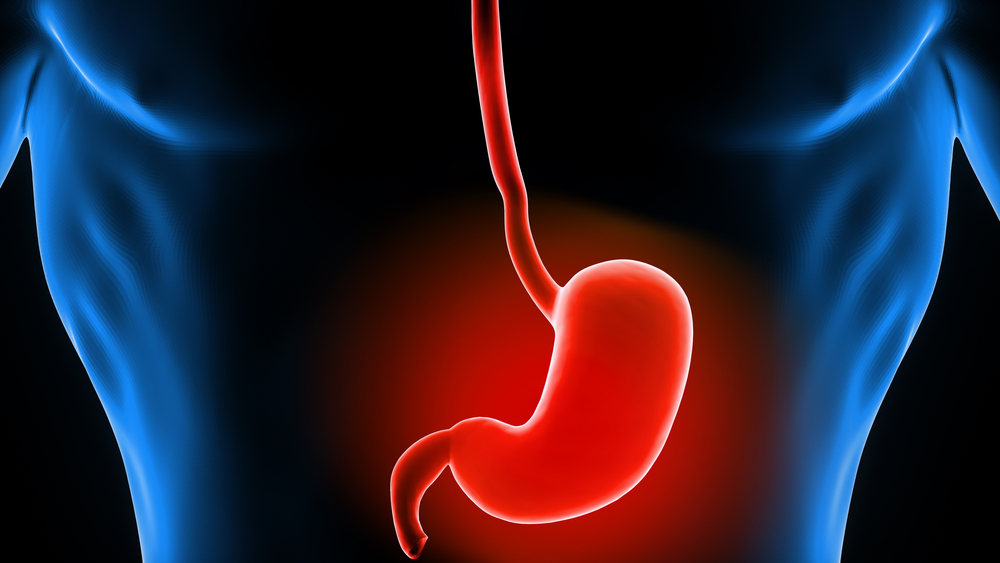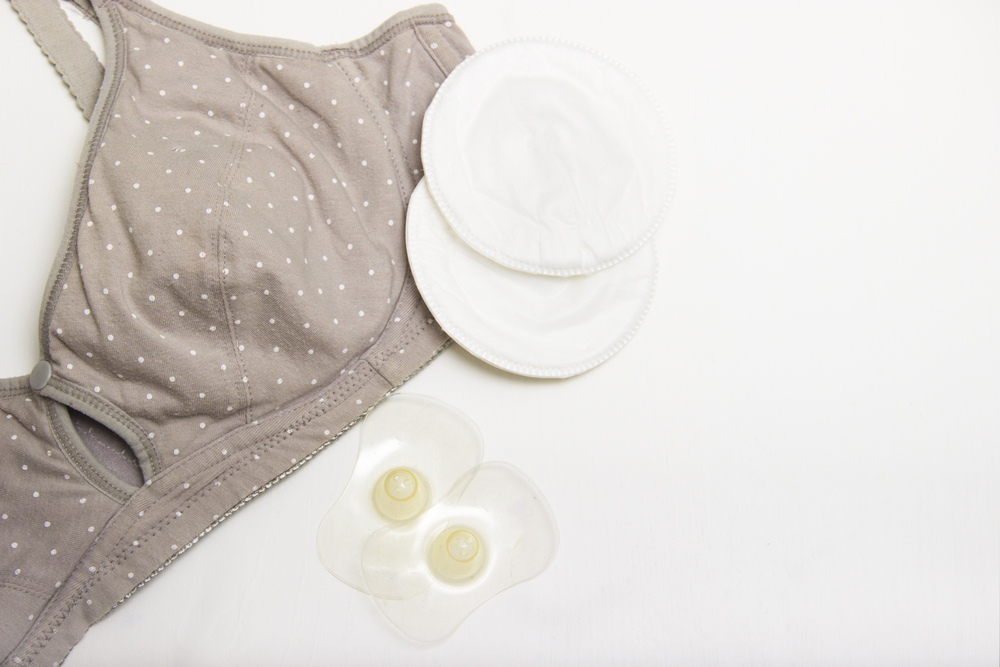Contents:
- Medical Video: Tummy time exercises for your baby
- The role of skin contact when the mother is nursing a newborn baby
- How do babies know where to go?
- The lips of a newborn baby are cooler than the forehead
Medical Video: Tummy time exercises for your baby
One of the most amazing moments to be witnessed in life is to see a small baby who has just been born to look for the mother's nipples without assistance to directly suckle. Like a sophisticated car that runs alone without crew and without the help of GPS, but can survive until the destination. Why and how can newborn babies know how to do this very quickly, even without needing to be taught first?
The role of skin contact when the mother is nursing a newborn baby
The World Health Organization (WHO) recommends that hospital doctors and family members give personal time for them to start mother-child ties, as well as being an important moment for nursing mothers for newborns. The Global Health Media Project (GHMP) recommends new mothers to hold it to the chest and breastfeed newborns for one hour after birth. During this time, the mother and baby must not be disturbed at all.
There are several health benefits that come from skin contact after childbirth for mother and baby. Direct contact between mother and baby skin can stimulate maternal hormones and help mothers produce colostrum for their new baby. Babies can also follow their instincts to move towards the mother's breast when they are ready to suckle.
How do babies know where to go?
A recent study in Italy showed that maternal body temperature has a very important role as a guide for babies looking for the nipple. Researchers studied 41 women who gave birth at Italian hospitals during January and February 2015. Participants in this study were women who intended to breastfeed, had no problems during pregnancy, and had a single pregnancy (one child in one pregnancy).
The researchers examined the woman six hours before labor and then one and two days after delivery. On each of these occasions, they measure the temperature of the nipple of mother's milk and the temperature of the skin around the breast. When the baby is born, the researchers also check the temperature of the baby's lips and forehead.
The study revealed that the mother's nipple has a warmer temperature compared to the temperature of the surrounding skin. The mother's nipple temperature is 0.2 degrees Celsius higher than the temperature of the skin around her breasts. A higher temperature on the mother's nipple can make it easier for a newborn to feel the temperature difference to "detect" which place is hotter like a device heat detector sophisticated.
The lips of a newborn baby are cooler than the forehead
They also found that the baby's lips had colder temperatures than their foreheads. On the first day, the baby's lip temperature averaged 1.2 degrees Celsius cooler than their forehead and on the second day the baby's lip temperature was 1 degree Celsius cooler. They found that there was an average temperature difference of 1.7 degrees Celsius between the mother's nipple temperature and the baby's lip temperature on the first and second day after giving birth.
The finding that the mother's nipples and baby's lips have quite a drastic difference in temperature is believed by researchers as a natural "GPS" thanks to the instinct of a baby who wants to find a warmer place and at the same time guide him toward the mother's breast to suckle. This is what can explain the phenomenon of how a newborn baby can directly attach to the mother's nipple and suckle in just minutes after being born into the world.
It's amazing to learn about how the mother and baby's body work together directly from the first moments of life.












